Protective clothing
In the previous three chapters, you investigated situations that can cause people to become refugees. You also investigated how food is processed. You then wrote a design brief for a meal for 100 refugees, and you designed, made and evaluated food that is nutritious as well as tasty. In this chapter, you will investigate the special clothing worn by people who work in emergency situations. For example, these rescue workers could be from the fire department or the National Sea Rescue Institute (NSRI).
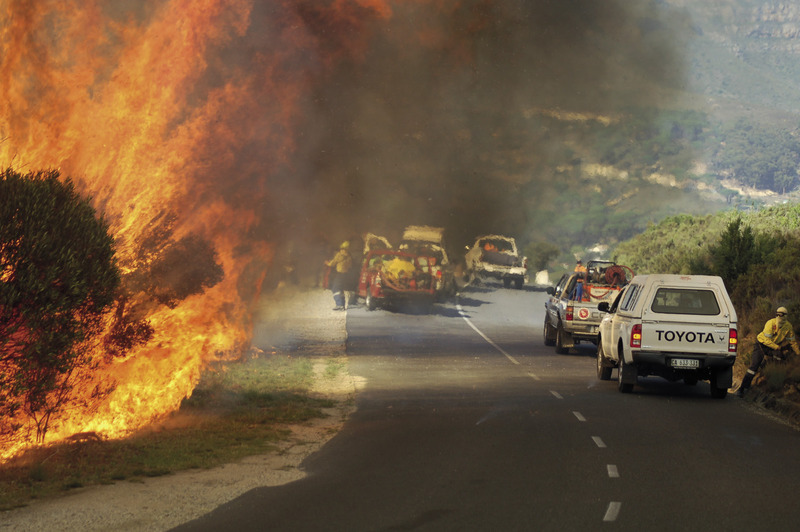
Figure 1: Fire fighters have to wear special clothes to protect them from fires.
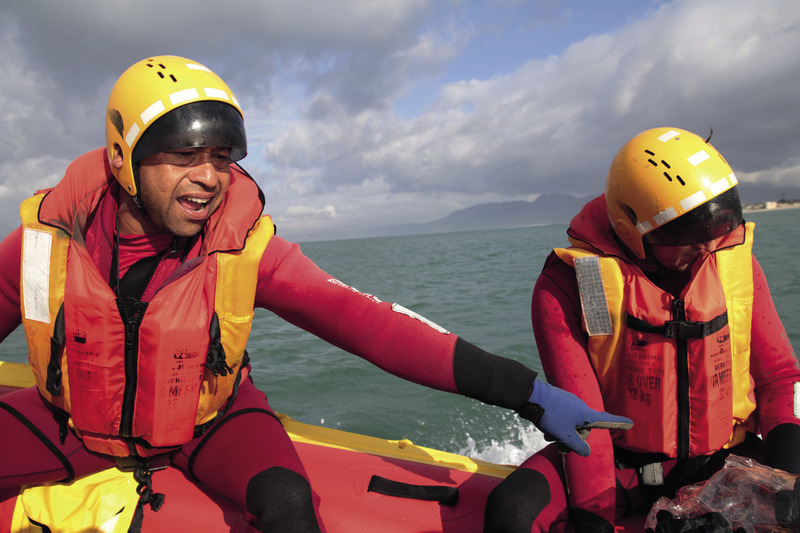
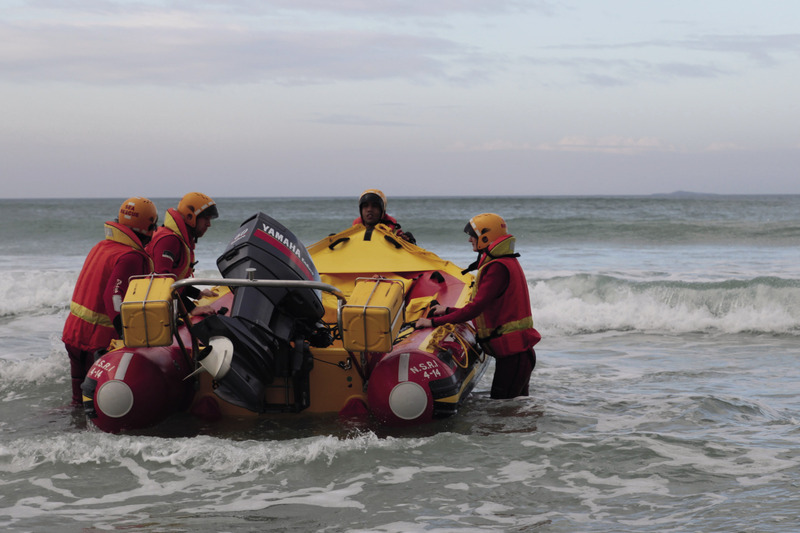
Figure 2: Sea rescue workers also wear specifically designed protective clothing.
Emergency services
Dangerous situations such as fires, floods and accidents usually happen unexpectedly. People need to take immediate action to save the lives of the people involved. This type of situation is called an emergency.
Emergencies don't always mean that many people are forced away from their homes. An emergency may affect only one family, or even just one person.
For example, a house fire or a wildfire can threaten a group of houses. Other examples of emergencies are when swimmers get into difficulty out at sea, or when fishermen are in trouble on a sinking boat.
People who work in emergency services are called emergency workers. They are specially trained to respond to emergencies and they must be ready to respond quickly to a call for help. Emergency services include the fire department, police, ambulances and sea-rescue services.
Emergency workers go into dangerous situations, so they need to wear protective clothing.
Emergency workers wear clothes that are designed to protect them from danger. These clothes are known as personal protective equipment, or PPE. Experts study the dangers caused by emergencies and design and make clothes, shoes, helmets and other items that will protect emergency workers during these situations.
Emergency services
1. Think about emergency situations that can happen in your community, and list them below.
2. List the emergency services that can be called to help in an emergency.
3. Think about other communities. Are there emergencies that could affect them, but not affect your community? Think about the environment where these communities live. Are there rivers or beaches nearby? Are they in cities, the country, forests or grass fields? List all the emergencies that could happen in these places. Then list the emergency services that can be called in to help them.
|
Emergencies |
Emergency services |
|
|
|
|
|
|
|
|
|
Clothing for emergency workers
Emergency personnel wear protective clothing that is specially designed to protect them from the dangers they could face in an emergency.
For example, fire fighters need protection from flames and heat, and sea-rescue workers need protection from water, rain, the wind and cold.
The materials that we use to make any kind of clothing are called textiles.
The materials we use to make any kind of clothing are called textiles. Special textiles are used to make protective clothing. These textiles are made from woven or knitted materials, that can have chemicals added to them to give them special qualities, such as waterproofing or fire resistance.
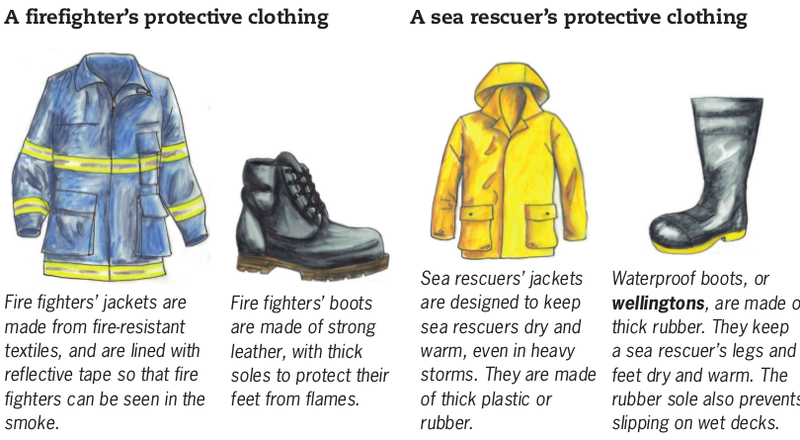
Clothing for emergency workers
Now that you have learnt about some of the protective clothes used by emergency workers, you can design some protective clothes of your own.
Fire fighters and sea rescuers wear the specific clothes mentioned on the previous few pages. Think about the other emergency services that you listed in the exercise "Emergency services".
Wellington boots were named after a Duke of Wellington in England. He was a famous soldier who wore them into battle.
1. Write down at least three emergency situations that they may be called to deal with.
2. Write a list of special protective clothes you think they should wear in each situation.
3. Write down the textiles their clothes should be made of.
4. Draw a picture of one type of protective clothing that you have written about.

Investigate protective clothing and emergency equipment
In this section, you will investigate the kinds of protective clothing and emergency equipment used by fire fighters and sea rescuers.
Work together in groups of four.
Choose one of the emergency professions you have learnt about: fire fighting or sea rescue.
Discuss the special clothes that these emergency workers wear to help protect them in their duties. Use the information in this chapter, but also try to find extra information from people you know. For example, maybe you know someone who works at the fire department and can talk to them. The pictures below will give you more information.
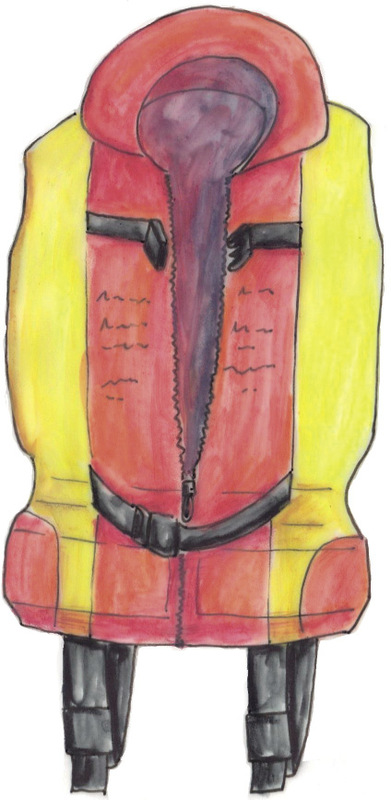
Sea rescuers always wear life jackets when they are at sea. Life jackets help them to float if they fall into the sea, so that they do not drown. A life jacket is made from thick plastic or rubber and has air inside so that it can float.
Figure 5
Protective equipment
or emergency equipment used by emergency workers includes life jackets for sea rescuers and oxygen tanks for firefighters.
Fire fighters carry oxygen with them to help them breathe when there is a lot of smoke from a fire. An oxygen tank is an example of the type of protective equipment used by emergency workers.
The tank is made of thick metal to keep the oxygen from exploding. The pipes are made from rubber so that they are waterproof.
The dials are covered by glass or see-through plastic, which are both waterproof.
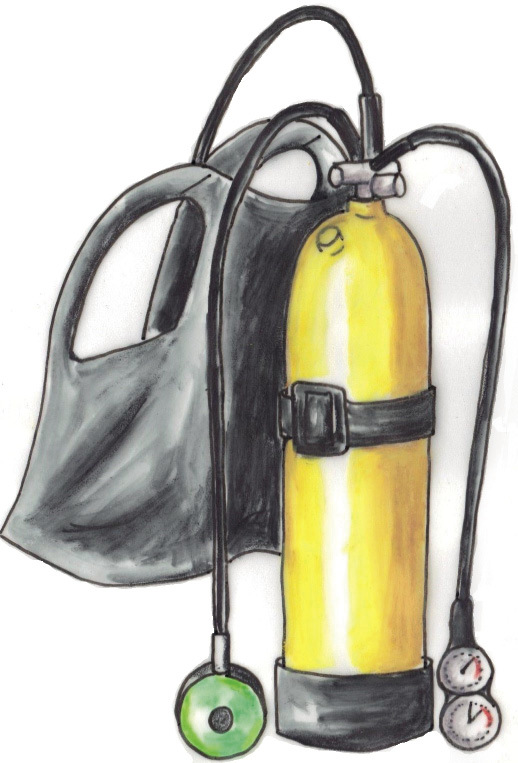
Figure 6: Fire fighters use oxygen tanks.
Protective clothing and emergency equipment
After you have done your investigation and you have all the information, fill in the table below.
In the first column, write down an item of clothing or equipment that you have learnt about. Then answer the questions in the other columns. You should say what the item of clothing or equipment is made from, and also say why it is made from that material. There are two examples to get you started.
|
Firefighters |
Sea-rescue workers |
|||
|
Made from |
Why? |
Made from |
Why? |
|
|
jacket |
fire-resistant textile |
cannot catch fire |
thick plastic |
can withstand bad weather and keep the rescue worker dry |
|
boots |
leather |
strong enough to protect fire fighters' legs and feet from flames |
rubber |
waterproof |
After you have completed the table, answer the following questions on your own:
1. Why is it important that protective textiles are used to make clothes for emergency workers?
2. What clothes should fire fighters wear, and what equipment should they carry when they respond to a call?
3. In what other emergency situations should special clothing or equipment be used? Think about the refugees you learnt about in Chapter 6. What kind of emergencies could happen in their camp?
Next week
Next week, you will begin your mini-PAT for this term. In this mini-PAT, you will investigate a natural disaster and design emergency shelters for victims of the disaster. You will also sketch a design idea and make a model of an emergency shelter.



